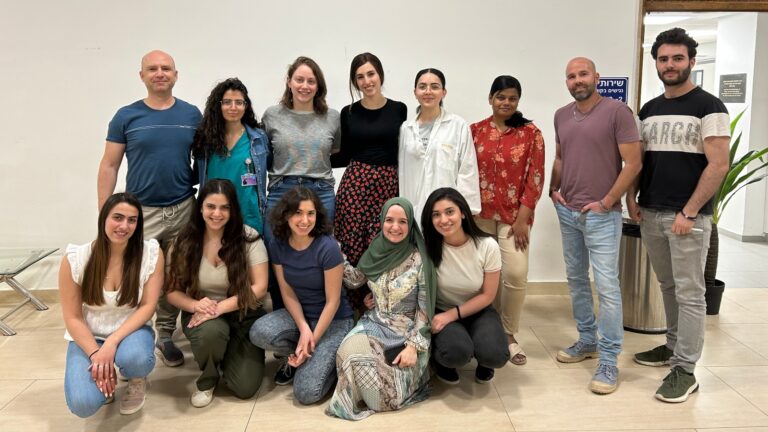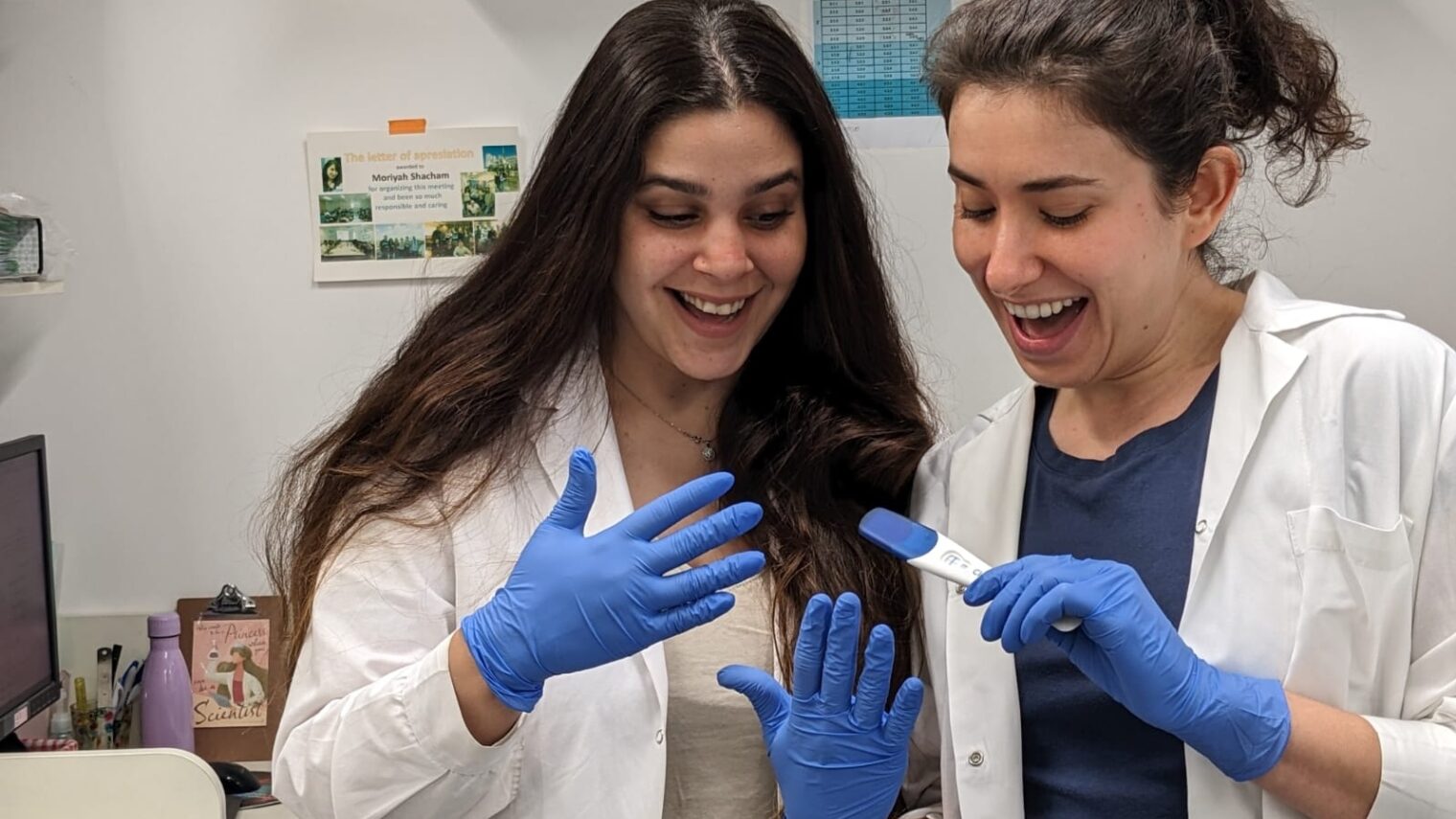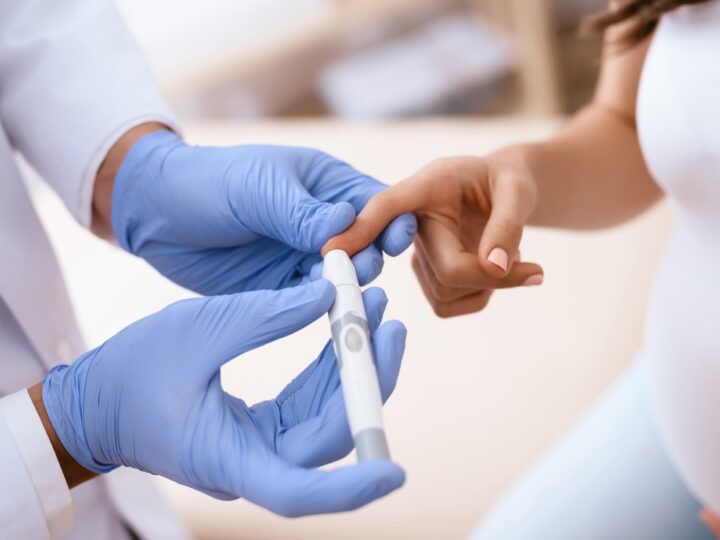Placental disorders such as preeclampsia and intra-uterine growth restriction are commonly detected at late stages of pregnancy.
To understand what causes them, and identify risk factors and possible treatments, scientists have searched for a way to recreate early-stage placental cells in the lab.
“And that’s what we were able to do — and do it better than other methods that have recently been developed,” says Dr. Moriyah Naama.
She is an MD/PhD in the Hebrew University-Hadassah Medical School lab of Prof. Yosef Buganim, which specializes in reprogramming cells to study human disease and development.

“To really figure out diseases and their mechanisms and possible treatments, you have to know how they work — the exact molecular mechanisms and how they can be manipulated — and for that you need a good disease model,” she says.
“It is difficult for placental disorders because we didn’t have the human cells to model the diseases. Our system is a piece in the puzzle to do that.”
The study she led, published in Nature Communications, reveals a new method of reprogramming skin cells into human placental cells for research purposes. It works with skin cells from males or females of any age.
“In 2015, we figured out how to get these cells from mice, and that was a big breakthrough. Now we have developed this system in humans,” Naama tells ISRAEL21c.
New possibilities for pregnancy research
The placenta manages the connection between mother and fetus, providing oxygen and nutrients to the developing fetus while protecting it from infection, among other functions. Plus, there is growing evidence that the placenta affects long-term health of both mother and baby.
A dysfunctional placenta can lead to miscarriage and pregnancy-related diseases.
However, the placenta is difficult to study. It forms very early, and by the time the pregnancy comes to term (and placental dysfunction can be detected), the most important cells for study no longer exist. Animal placentas are different than human placentas, so they can’t help much.
Naama points out, “Many pregnancy disorders originate from faulty implantation of the embryo, a very early process, which is why it is so important to obtain the stem cells that give rise the placental cells, as these orchestrate the implantation process.”
The new reprogramming strategy from Buganim’s lab “is of vital importance for modeling and identifying potential risk factors for placental disorders, as well as for possible future cell-based therapy for supporting implantation in cases of recurrent miscarriages,” according to the study’s authors.
It has many other possible uses as well.
“One big issue is figuring out what drugs are safe to take during pregnancy,” says Naama. “A good model that shows us what crosses the placental barrier and what does not could be a helpful first step in understanding that.”
The cell-reprogramming research also opens new avenues for investigating the causes of infertility and long-term health implications for both mothers and babies.
This research was supported by PhD student Moran Rahamim and other members of the Buganim lab and the lab of Prof. Simcha Yagel, director of OB/GYN at Hadassah, as well as the Stem Cell Research Laboratory at Shaare Zedek Medical Center headed by Prof. Rachel Eiges.
















